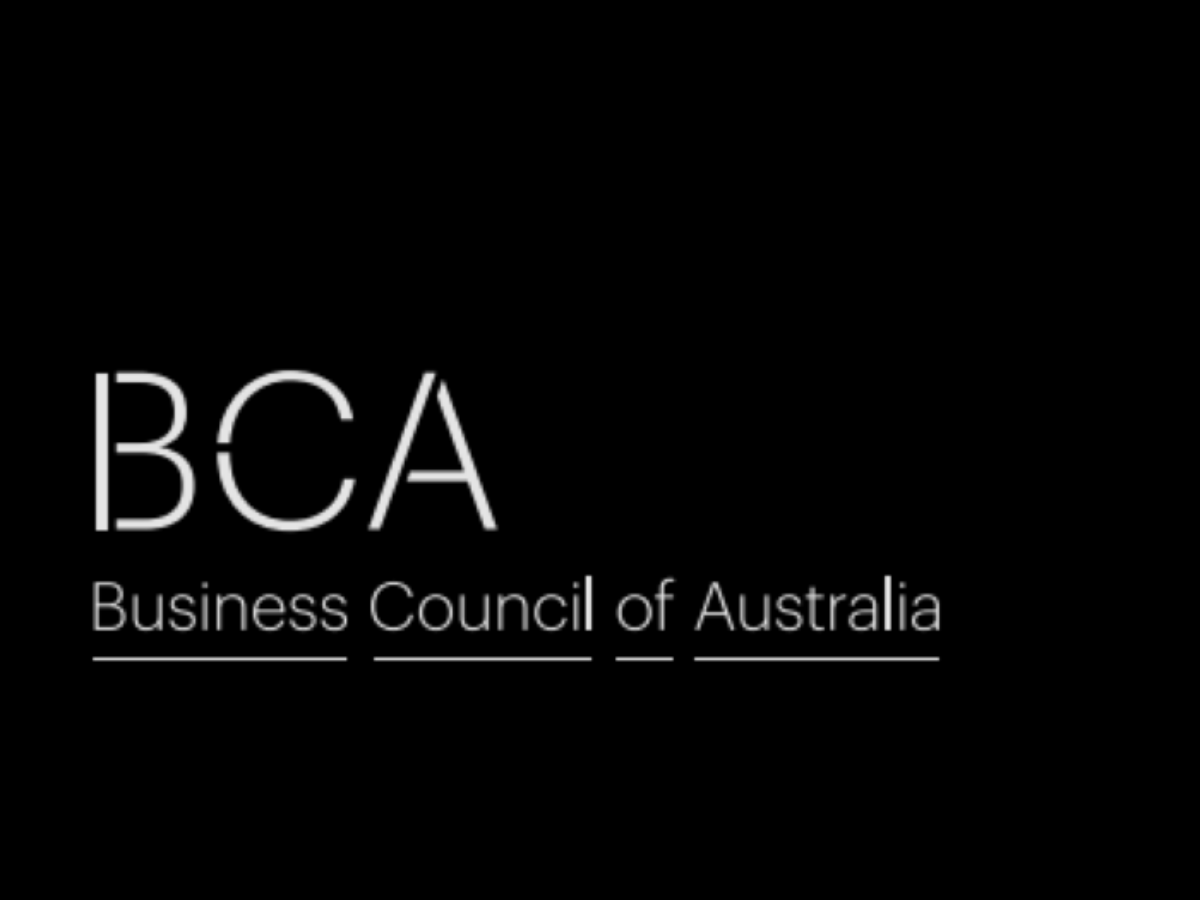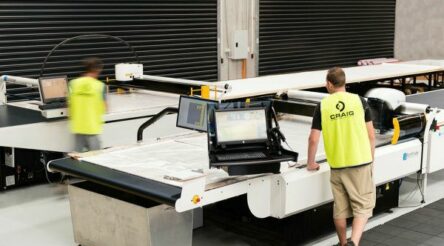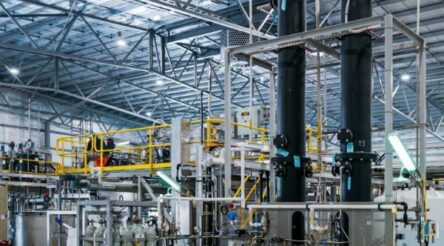Business Council calls for industry policy, reform of investment, R&D and the NRF

The Business Council of Australia has called for the development of a national industry policy, echoing calls made by @AuManufacturing news over many years.
The peak body issued a plan to secure Australia’s economic future – Seize the Moment – which aims to tackle chronic low and falling productivity and levels of national innovation, and boost investment by business.
The first and central recommendation of the BCA was that Canberra should: “Introduce a reinvigorated and contemporary industry policy that strikes the balance between getting the fundamentals right, driving industries where we have a comparative advantage.”
The federal government has introduced numerous industry reforms however is not developing a national industry policy to unify and co-ordinate activities across ministries, departments, instrumentalities and public sector research and education.
The Labor party created the idea of modern industry policy under the Hawke/Keating governments which guided Australia’s emergence from the high protection era, and the beginnings of ‘sunrise industries’, making the lack of policy all the more surprising.
Only last week @AuManufacturing urged a policy concluding in a report by its editors that without an industry policy: “No, we are not going to see a historic revival of manufacturing under Albanese.”
The BCA also suggested stronger action by the government on weak levels of investment and innovation calling on Canberra to ‘undertake broad-based reform of the tax system to minimise distortions and sharpen incentives to invest, innovate and hire.”
National investment is increasingly being channeled into unproductive property investment, especially in Sydney and Melbourne when property values have lost touch with reality, supercharged as they are by tax breaks on capital gains and deductions for interest costs for landlords.
This has become unsustainable but things continue to get worse – property prices rose 0.7 per cent in July even in uncertain economic times.
Similarly, levels of innovation have fallen across the economy from more than two percent of GDP being spent on innovation to around 1.8 percent – an anemic level that puts a lie to Australia’s much talked about ‘world leadership’ in various areas of technology.
The United States recently passed three percent spending on R&D, and nations such as Israel and Sweden spend more than four.
Finally the BCA called for greater focus for spending by the National Reconstruction Fund (NRF), which has $1 billion of its $15 billion total earmarked for critical technologies, $3 billion for renewables, $1 billion for advanced manufacturing, and $1 billion for value-adding in resources.
These amounts pale into insignificance compared to US President Joe Biden’s $740 billion Inflation Reduction Act that is supercharging the onshoring of industries from critical minerals, to semiconductors, to robotics and automation and green industries.
BCA called for a focus on developing ‘a small number of key national capabilities and precincts of significance in priority industries’.
“For example, the NRF should look to co-invest in about five areas of critical sovereign capability or global supply chains in which we must operate, such as semiconductors, space, additive manufacturing and quantum.”
Further reading:
No, we are not going to see a historic revival of manufacturing under Albanese
@aumanufacturing Sections
Analysis and Commentary Awards Defence Manufacturing News Podcast Technology Videos










